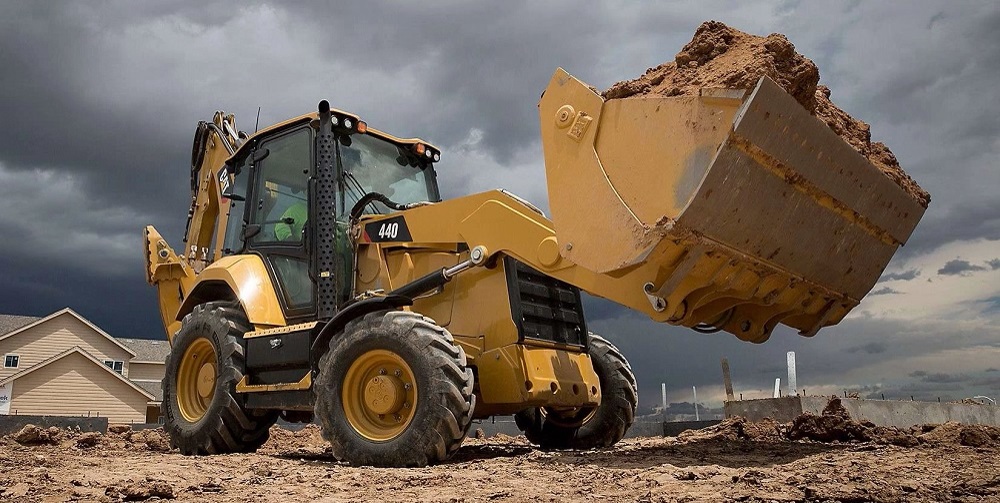Leasing Vs. Purchasing Construction Devices: Making the Right Selection for Your Job
When getting started on a construction job, one of the vital choices that forecast stakeholders and managers face is whether to rent or acquire building and construction tools. The decision pivots on different factors such as cost considerations, task duration, devices maintenance, danger, flexibility, and scalability monitoring.
Expense Factors To Consider
When evaluating the economic aspect of leasing versus acquiring construction equipment, the in advance prices and lasting expenditures must be thoroughly taken into consideration. Renting out devices commonly calls for lower initial repayments compared to buying, making it an appealing option for temporary tasks or professionals with budget constraints. Renting gets rid of the demand for big resources expenses and lowers the financial risk related to equipment possession, such as maintenance and devaluation costs. Nonetheless, in the future, continually renting out equipment can gather greater expenses than purchasing, particularly for prolonged jobs.
On the various other hand, acquiring building and construction tools involves greater ahead of time prices yet can result in long-term savings, especially for regular users or lasting projects. Ultimately, the choice between renting and purchasing building and construction equipment hinges on the task's duration, frequency of usage, spending plan factors to consider, and long-lasting economic objectives.
Task Period

Conversely, for long-term projects or recurring building and construction job, buying equipment could be the much more economical option. Getting tools can cause cost savings over time, particularly if the devices will certainly be often made use of. Moreover, owning tools offers a sense of control over its availability and enables personalization to fit certain project needs.

Tools Upkeep
Given the essential duty job period plays in determining one of the most cost-effective strategy between purchasing and renting building and construction equipment, the focus now changes in the direction of examining the vital aspect of tools upkeep. Proper upkeep is important for guaranteeing the optimum performance and long life of building equipment. Renting out devices often features the benefit of having actually properly maintained machinery offered by the rental business. This can minimize the burden of upkeep tasks from the task owner or professional, saving effort and time. On the various other hand, having equipment calls for a positive strategy to upkeep to avoid failures, guarantee safety, and extend the equipment's lifespan. Normal examinations, servicing, and prompt repair services are necessary to maintain owned devices in top functioning problem. Element in upkeep costs when making a decision between leasing and buying, as ignoring upkeep can result in pricey fixings, downtime, and task delays. Eventually, a properly maintained construction devices fleet, whether rented or had, is vital for the efficient and successful completion of construction projects.
Flexibility and Scalability
In the world of building equipment management, the aspect of flexibility and scalability his response holds considerable relevance for project efficiency and source utilization. Deciding to lease building and construction equipment supplies a high degree of flexibility as it permits the quick modification of tools kinds and quantities based on the progressing requirements of a task. Leasing allows contractors to access a vast array of specialized devices that may be required for Visit Website details tasks without the long-term commitment of possession. This adaptability is particularly helpful for jobs with varying needs or unsure periods (dozer rental).
Moreover, scalability, an additional critical aspect, is naturally connected to versatility. Renting out building and construction devices provides the benefit of conveniently scaling procedures up or down as job needs vary. Specialists can rapidly add or trade tools to match the job's altering needs without the constraints of having possessions that may become underutilized or obsolete. This ability to range resources efficiently can lead to cost financial savings and enhanced job timelines, making renting out a beneficial choice for jobs needing flexibility and responsive source appropriation.
Danger Monitoring
Effective danger monitoring in building and construction devices operations is paramount to guaranteeing project success and mitigating prospective monetary losses. Building and construction projects inherently include different risks, such as tools failures, mishaps, and task hold-ups, which can significantly impact the project timeline and budget plan. By thoroughly taking into consideration the dangers linked with owning or renting building equipment, project managers can make informed choices to lessen these possible hazards.
Leasing construction equipment can offer a degree of danger reduction by transferring the responsibility of upkeep and repair services to the rental company. This can minimize the economic burden on the job owner in walk behind track loader rental near me case of unexpected equipment failings (dozer rental). Furthermore, leasing offers the flexibility to access customized tools for particular project phases, lowering the risk of possessing underutilized equipment
On the various other hand, having building and construction equipment offers a sense of control over its usage and maintenance. However, this also implies bearing the full responsibility for repair services, maintenance expenses, and depreciation, raising the monetary risks related to equipment ownership. Careful threat assessment and consideration of aspects such as project duration, devices application, and maintenance needs are vital in identifying one of the most ideal option for efficient threat monitoring in building and construction tasks.
Final Thought
In conclusion, when making a decision between leasing and getting construction tools, it is important to take into consideration cost, job duration, equipment maintenance, risk, flexibility, and scalability administration. Each aspect plays a crucial function in determining one of the most ideal alternative for the project handy. By very carefully evaluating these elements, task managers can make an educated decision that lines up with their budget plan, timeline, and overall task goals.
